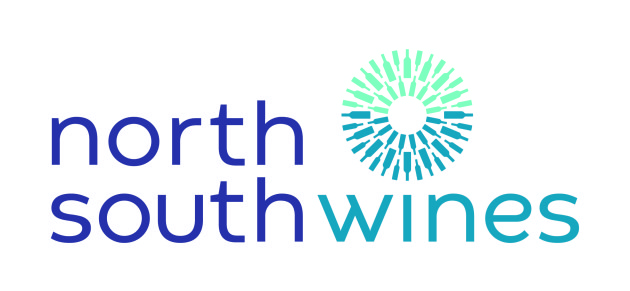
Progressive winemaking and climate-beating styles key to Loire’s future
The Loire Valley’s diverse patchwork of appellations are well-placed to meet today’s challenges and trends, according to a cross-trade panel at the recent Bloom Big! Tasting in London.
The discussion, hosted by Harpers columnist Guy Woodward, with educator Heather Dougherty and importers Doug Wregg of Les Caves de Pyrene and Simon Taylor of Stone, Vine & Sun, sought to explore ways in which the Loire could “come back” and reassert itself in a UK market that has been embracing New World ‘alternatives’.
Wregg, a long-time champion of Loire producers, argued that the tide has turned and that the typical profile of Loire wines – across the panoply of 20-plus grape varieties commercially grown – is well-suited to our times.
“People are captivated by the diversity of style,” said Wregg, adding: “There is a lot of progressive winemaking in the Loire, which is standing it in good stead… and then there is climate change, which can be a positive [in the region].”
Wregg described a customer base that was increasingly turning away from “big, tannic, extracted” wines, looking instead for wines with “freshness and fruit” to the fore, also with a sense of discovery, all of which he said the Loire delivers in (gentle) spades.
The panel concurred that climate change is – for the moment at least – more of a plus than a minus in many vintages here, allowing for more generous styles, and more high-quality vintages, yet still balanced with a trademark acidity, including the reds.
“Producers are looking for wines that dance with food… Loire wines are aligned with people’s tastes,” Wregg added.
For Dougherty, the incredible diversity of appellations in the region, along with the diversity often found within those sub-regions, was both a plus and a minus, when it comes to promoting the Loire as a whole.
“The diversity is a double-edged sword,” she said. “You can guarantee you won’t get bored, but who is out front leading? It’s like a collection of little regions, but [the Loire] doesn’t have a Châteauneuf-du-Pape which dominates and commands high prices.”
This comment, however, revealed something of an elephant in the room – namely that as a collective region, the long, meandering Loire is split in promotional terms between differing agencies, with this Interloire agency-sponsored event preferring to sidestep mention of the Loire’s most famous (and increasingly expensive) Sauvignon Blanc-led appellation, which falls beyond its remit.
French geo-political complexities aside, the panel also took an experience-based shot at predicting what styles and varieties would carry the central and western-Loire forward, with many ‘pluses’ on the cards.
Wregg cited Gamay and Côt (or Malbec – a “delicious alternative from the Loire, more supple and fruity), plus Grolleau, “a base for some really Nice Pet Nats”, of which the current explosion of interest began with the Loire.
Taylor, meanwhile, extolled the opportunities for Crémant de Loire, with Dougherty agreeing that the “softer, rounder style was a gift” to drinkers, with the resurgent fortunes of the now “sometimes Burgundy-like quality” of Muscadet and epic ageability of Chenin also a real plus.
And, with warming playing a factor, the Loire’s reds, such as Chinon, where Cabernet Franc rules the roost, offer increasing appeal in the face of modern drinking trends.
To help spread the word, it was suggested that Loire appellations should allow producers to be even more progressive, including the addition of increasingly fashionable varieties such as Caberrnet Franc, Gamay and Chenin on the label.
As to whether the Loire can recapture the interest and resonance it enjoyed with older generations of consumers among the younger cohorts of wine drinkers, Wregg suggested that “the wheel is turning”, with current trends once again favouring the region.
Session host Woodward summed up the prevailing opinion, adding: “The Loire is a region that is home to a lot of smaller producers and I think that could resonate with a lot of consumers.”





